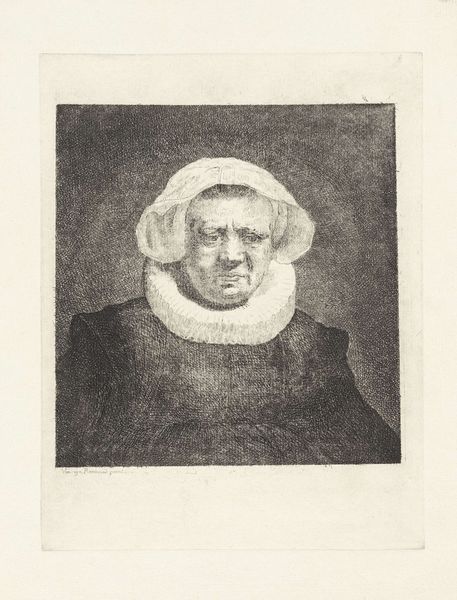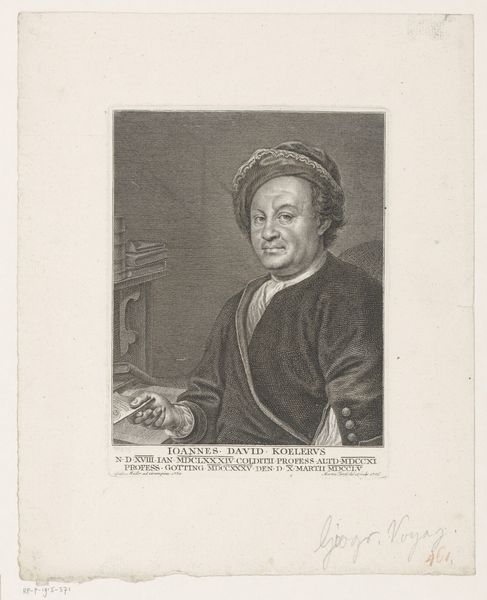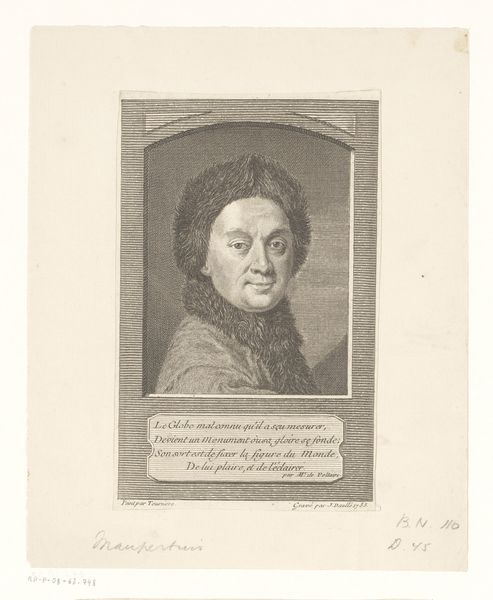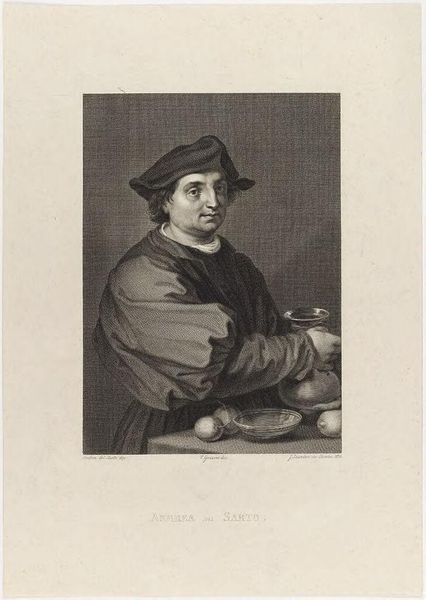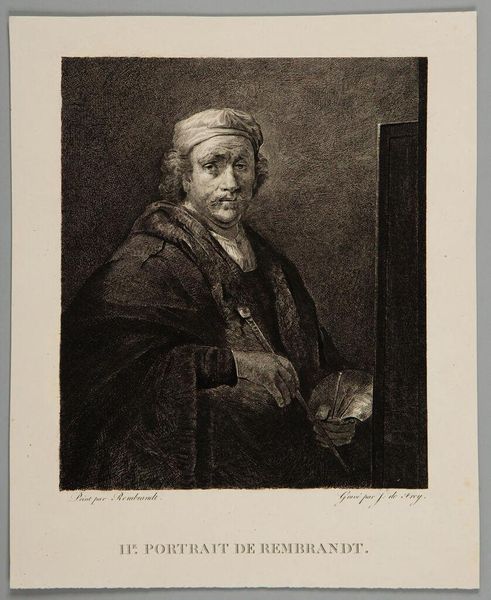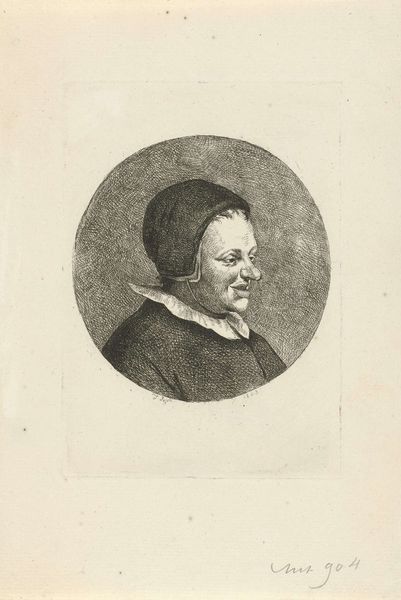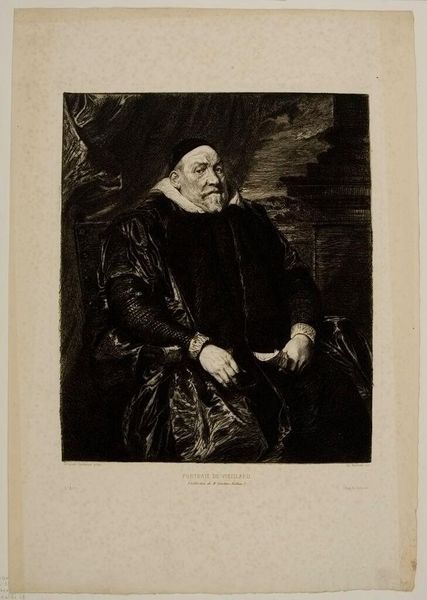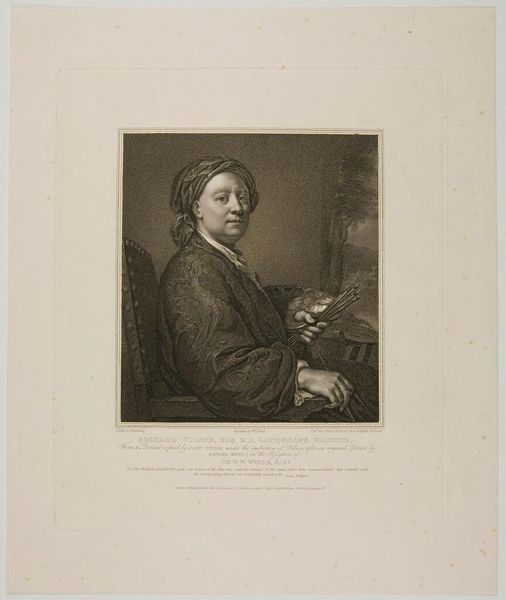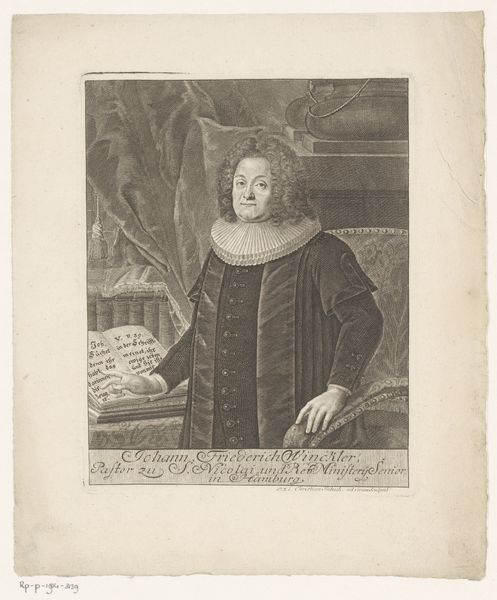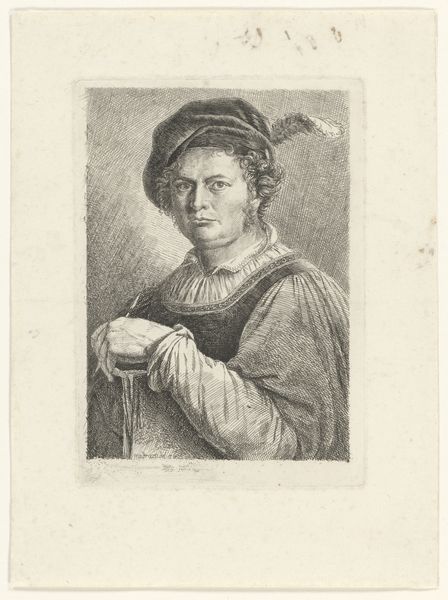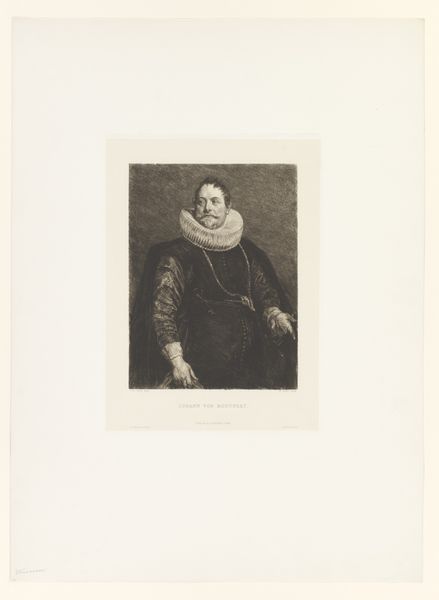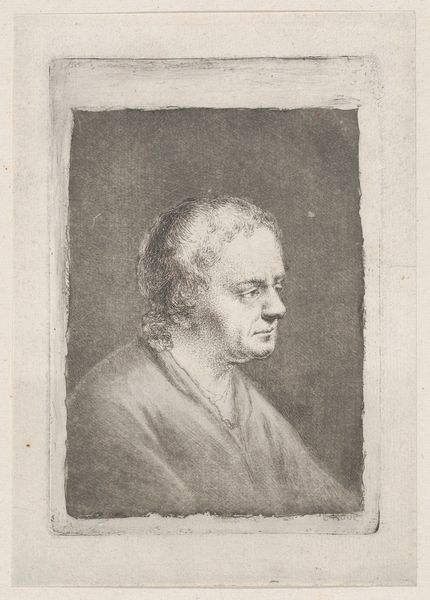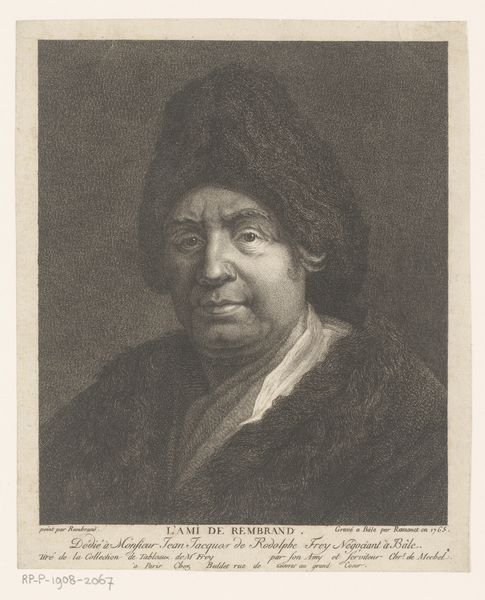
print, woodcut, wood-engraving
#
portrait
# print
#
figuration
#
11_renaissance
#
woodcut
#
united-states
#
line
#
italian-renaissance
#
wood-engraving
Dimensions: 7 3/8 x 5 1/4 in. (18.73 x 13.34 cm) (image)12 1/8 x 9 1/2 in. (30.8 x 24.13 cm) (sheet)
Copyright: No Copyright - United States
Editor: Here we have Timothy Cole’s "Portrait of Verrocchio," a wood engraving from 1891. There's something really compelling about the gaze in this portrait. What layers of meaning do you see here? Curator: The gaze is critical, and it invites us to consider power dynamics, not just within the Renaissance but also reflected through Cole's 19th-century lens. This portrait isn't merely a likeness; it's a statement about Verrocchio's positionality within the Florentine art world. Who did he mentor, and whose narratives were amplified or silenced in his wake? Editor: So, you're saying that this portrait, created so much later, still speaks to the legacy of power and influence from the Renaissance? Curator: Exactly. And further, consider how Cole, as an American artist, engages with this lineage. What does it mean for him to select Verrocchio as a subject, and how might this choice reflect anxieties or aspirations concerning artistic authority and cultural identity in late 19th century America? It’s about recognizing how the image performs its own cultural work. Editor: That is a really interesting take. I was so focused on the image itself that I didn't even consider Cole's relationship to the subject matter. Curator: Ask yourself how the style itself shapes your perception. The linearity of the wood engraving gives a kind of stoicism, a deliberate flattening that, in my opinion, directs the audience toward contemplating this legacy rather than becoming enmeshed in it. It reframes the way we look at historical figures and asks crucial questions about who is remembered, how, and why. Editor: I see, so this portrait isn’t just a depiction of a Renaissance artist, but a way for a later artist to negotiate with the complexities of artistic history itself. I never thought to consider it in that way before! Curator: It's these types of engagements with visual culture that reveal their potency as instruments of social power, resistance, and reimagining our place within time.
Comments
No comments
Be the first to comment and join the conversation on the ultimate creative platform.
